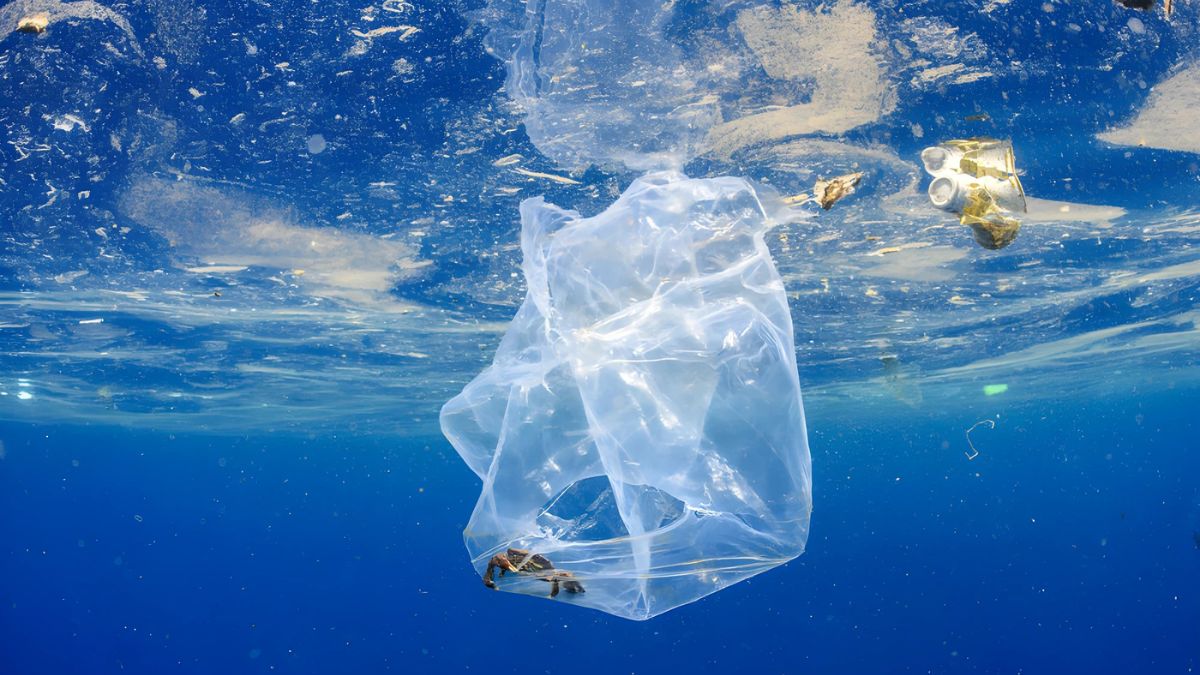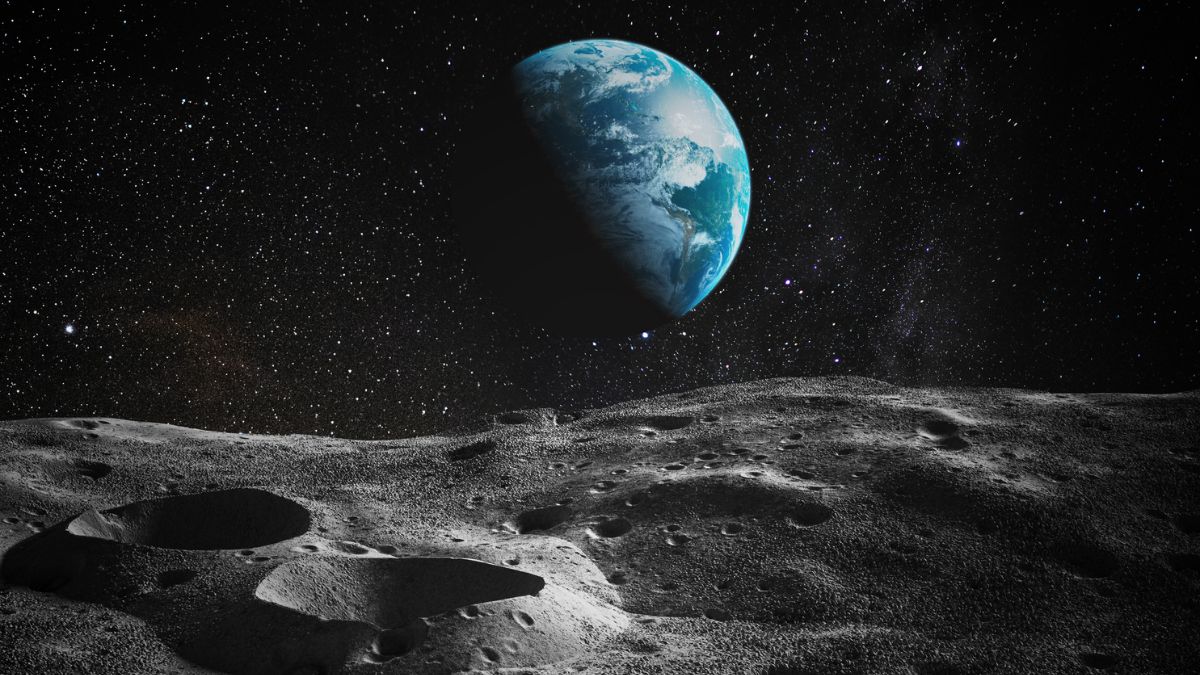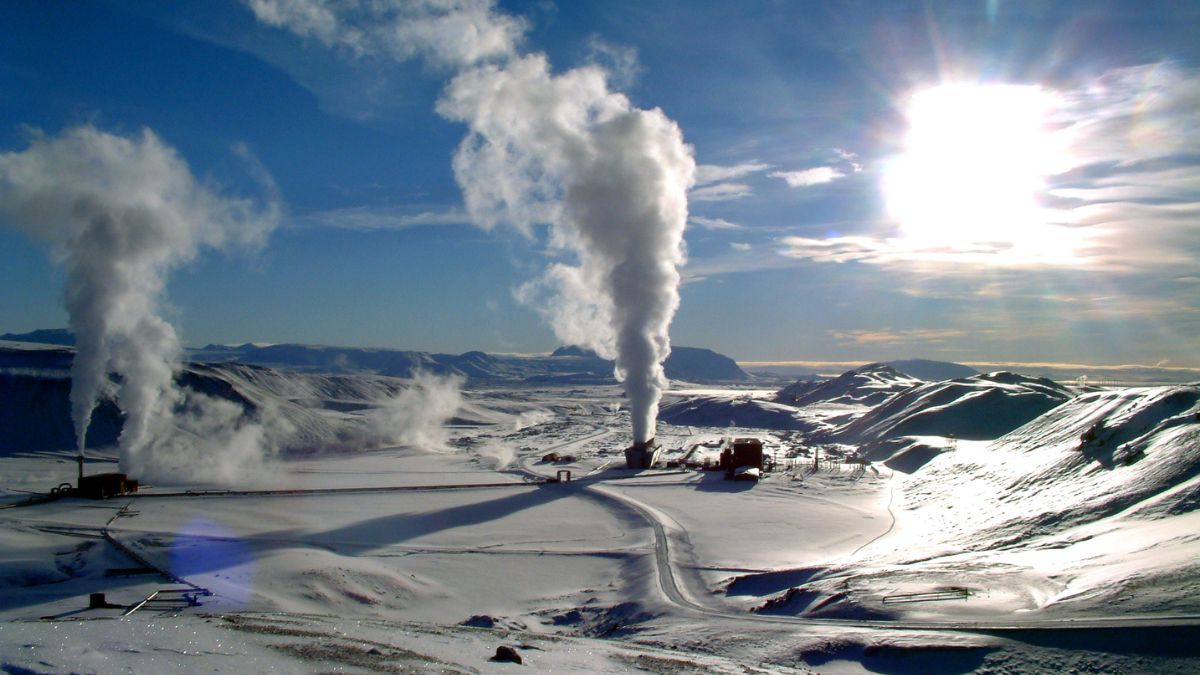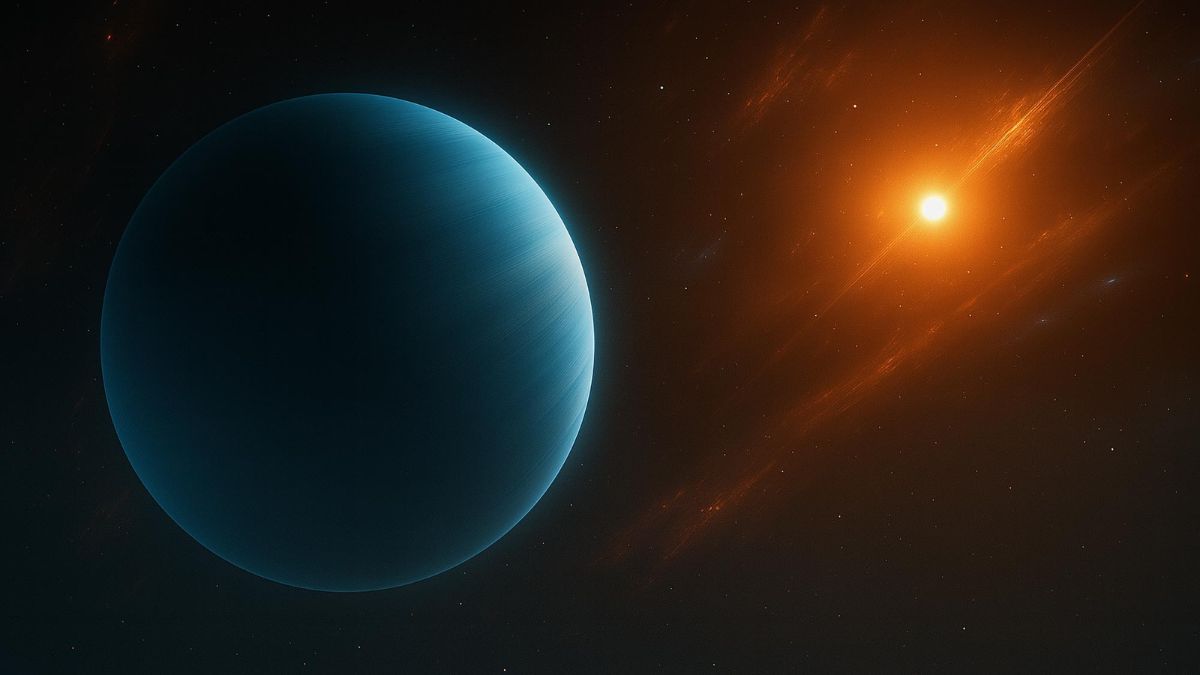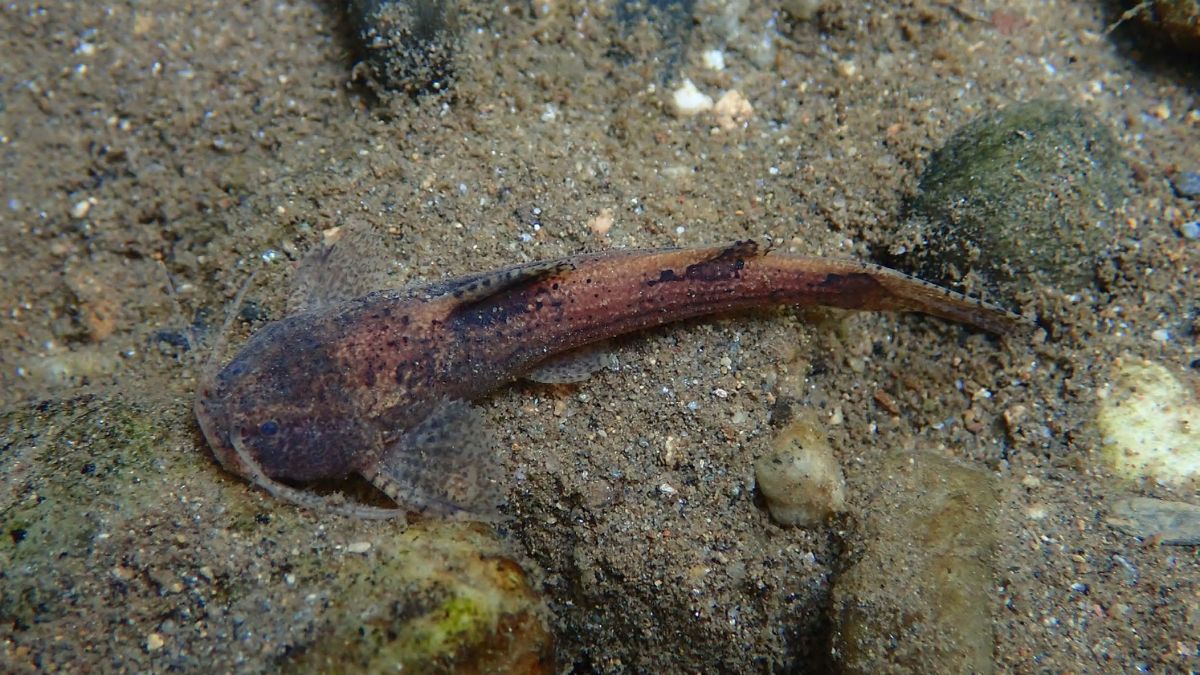When we think of ocean pollution, images of plastic bottles, grocery bags, and fishing nets usually come to mind. But what if the biggest threat is something we can’t even see? Scientists from Utrecht University have discovered that nanoplastics—those minuscule particles less than one micrometer in size—are not just present in the North Atlantic Ocean but are more widespread than anyone expected. This silent crisis is growing fast, and we’re only beginning to understand its full impact.
Nanoplastics
So, what exactly are nanoplastics? Think of them as the dust of the plastic world—smaller than a grain of salt, thinner than a human hair, and nearly impossible to see with the naked eye. They’re formed when larger plastics break down over time through exposure to sun, waves, and chemical reactions. Unlike microplastics or macroplastics, nanoplastics behave differently because of their size. Their tiny dimensions allow them to interact with marine life and ecosystems in unexpected ways.
Discovery
Researchers from Utrecht University, with support from experts like Helge Niemann and Dušan Materić, found something alarming: the North Atlantic may contain up to 27 million tonnes of nanoplastics. That’s roughly one-tenth of all the trash the U.S. produces in a year. It’s a mind-boggling figure when you consider the size of these particles. This discovery wasn’t just on the ocean surface—nanoplastics were found at various depths and even near coastlines, carried by river runoff and trapped in circular ocean currents called gyres.
Read Also- Air Purifying Plants – 10 Best Options That Thrive in Low Light
Plastics
The study identified a few familiar plastic types:
- PET (polyethylene terephthalate) – the plastic in soda and water bottles.
- PS (polystyrene) – used in foam cups and takeout containers.
- PVC (polyvinyl chloride) – often used in food wrap and flexible packaging.
Interestingly, researchers didn’t find polyethylene and polypropylene, which are among the most common plastics in the world. Why? There are two theories: either these plastics are cloaked in organic material, making them harder to detect, or our current technology just isn’t sensitive enough to spot them at nano levels.
Spread
One of the biggest concerns is how far and wide these plastics have spread. From coastal zones to deep-sea layers, nanoplastics are everywhere. The subtropical gyre in the North Atlantic is a key hotspot—a massive whirlpool that traps floating debris and slowly grinds it down into tiny fragments. But even outside of these gyres, the particles are being carried by ocean currents to places where they were never expected to be.
Effects
Here’s the tricky part: we don’t fully know what nanoplastics do to marine life. What we do know is that their behavior is radically different from larger plastic particles. According to Materić, once plastic breaks down to a nano size, it no longer follows the same rules. These particles may interact with cell membranes, enter organisms more easily, or even interfere with the basic biological functions of fish, plankton, and other marine species.
Unlike microplastics, which may pass through the digestive system of marine animals, nanoplastics can enter the bloodstream, reach organs, and potentially cause long-term damage. And if that plastic-filled fish ends up on your dinner plate? Well, the food chain just became a lot more complicated.
Research
What’s next? The researchers are expanding their study to other parts of the ocean. They plan to improve their detection methods to find even more plastic types and to track how these particles break down over time. Knowing this lifecycle is crucial, because plastics don’t just vanish—they change forms and keep circulating in our ecosystems.
Here’s a look at what scientists are planning:
| Next Steps in Research | Purpose |
|---|---|
| Sampling new ocean regions | Compare nanoplastic levels globally |
| Testing better detection tools | Find hidden or undetectable plastics |
| Studying degradation stages | Understand how plastics evolve |
| Tracking impact on organisms | Assess harm to marine ecosystems |
Prevention
Cleaning up nanoplastics is nearly impossible. You can’t net something you can’t see. That’s why prevention is critical. Scientists stress that we need to stop plastic from entering the oceans in the first place. This means reducing plastic use, improving recycling systems, and supporting policies that limit single-use plastics.
For a long time, the existence of nanoplastics in nature was debated. Many thought natural conditions couldn’t create such tiny particles. But this study proves otherwise. Nanoplastics are not just real—they’re a massive part of the ocean plastic crisis.
The takeaway? This isn’t just about the ocean. It’s about us. If we don’t stop the flow of plastic into the environment now, the consequences could ripple back to humanity in ways we can’t yet imagine. From the fish we eat to the water we drink, these invisible plastics might be making their way into every corner of life.
FAQs
What are nanoplastics?
Tiny plastic particles under one micrometer in size.
Where are nanoplastics found?
In the North Atlantic, from coastlines to deep sea.
Which plastics were detected?
PET, PS, and PVC were identified in the study.
Are nanoplastics harmful to fish?
Yes, they can enter organs and affect health.
Can we clean up nanoplastics?
No, prevention is the only effective solution.

